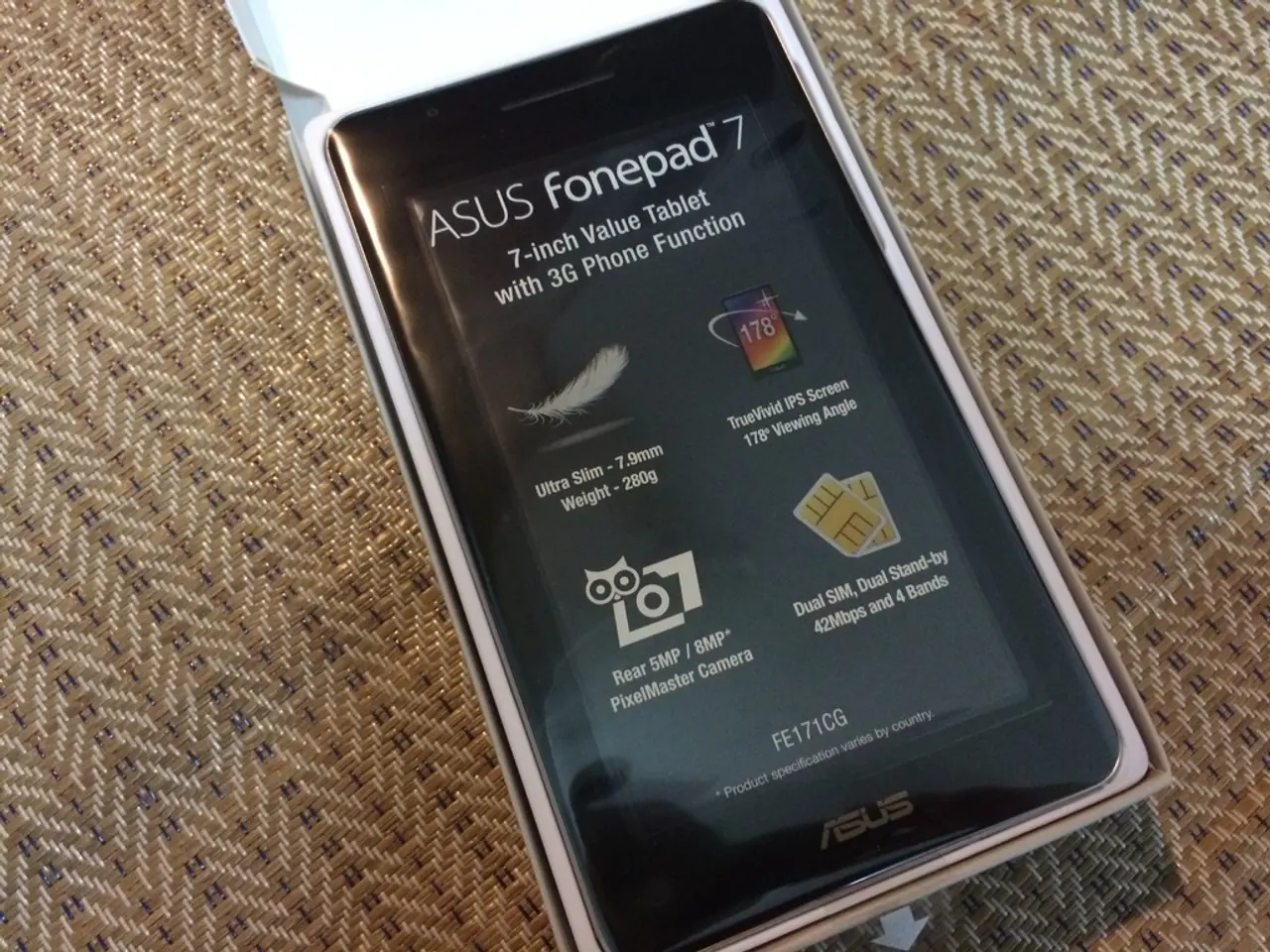Is the Nothing Phone (3) suitable for a U.S. launch? Uncertainty persists.
The British tech startup Nothing has entered the US market with its latest offering, the Nothing Phone (3), marking what many see as the brand's first serious attempt to establish itself in the States. However, the device's divisive design and high price point may pose significant hurdles in the competitive and complex US mobile market.
Google, with its focus on AI, and OnePlus potentially facing trouble with the US government, have created opportunities for Nothing to make a mark. The Nothing Phone (3) is a pseudo-flagship Android phone, boasting premium features such as large RAM options, high storage capacities, and a substantial battery with fast charging support.
However, analysts and commentators have raised concerns about Nothing's strategic shift towards premium devices. They argue that the company might have been better served entering the US market with budget-friendly phones, given the market's notorious difficulty due to carrier control and entrenched competition.
In its earlier days, Nothing had a cautious and limited strategy in the US, focusing on niche or early adopters rather than mass-market penetration. The company's earlier products, including the Phone (2), were more budget-friendly compared to the dominant premium players.
The US mobile market is dominated by Samsung and Apple, with 9 out of 10 smartphones sold in carrier stores belonging to these two giants. Entering with a premium device like the Nothing Phone (3) may deter US users who are not familiar with the brand.
Despite the challenges, Nothing's CEO, Carl Pei, remains optimistic, believing that a general appetite for change will allow the brand to succeed where others have failed. However, entering the unlocked market in the US is a challenge, and it remains to be seen if Nothing will be likely to succeed.
On the other hand, Nothing's value-friendly budget offerings could potentially be a game-changer. If the company had made its cheaper midrange or budget devices available in the US, they could have built brand recognition and attracted the enthusiast market. The Nothing Phone (2a) and 3a, priced between $350 and $460, stand out compared to many other budget phones, offering a comprehensive package with solid specs, decent software support, smart OS features, and a design that punches above its weight class.
In conclusion, Nothing's initial focus on budget offerings likely helped establish a user base and brand presence. However, their move towards premium flagships may face uphill battles due to market dynamics. Balanced attention to affordability and ecosystem expansion will be critical for long-term success in North America.
- The Nothing Phone (2a) and 3a, priced between $350 and $460, could have potentially built brand recognition in the US market, attracting the enthusiast market and offering a competitive edge in the budget smartphone sector.
- A strategic shift towards premium devices like the Nothing Phone (3) might have been met with challenges in the US market, given the notorious difficulty of penetrating the industry due to carrier control and entrenched competition, as suggested by analysts and commentators.
- Despite the divisive design and high price point of the Nothing Phone (3), technology enthusiasts interested in finance and entrepreneurship might recognize the appeal of a pseudo-flagship Android phone with premium features such as large RAM options, high storage capacities, and a substantial battery with fast charging support.




